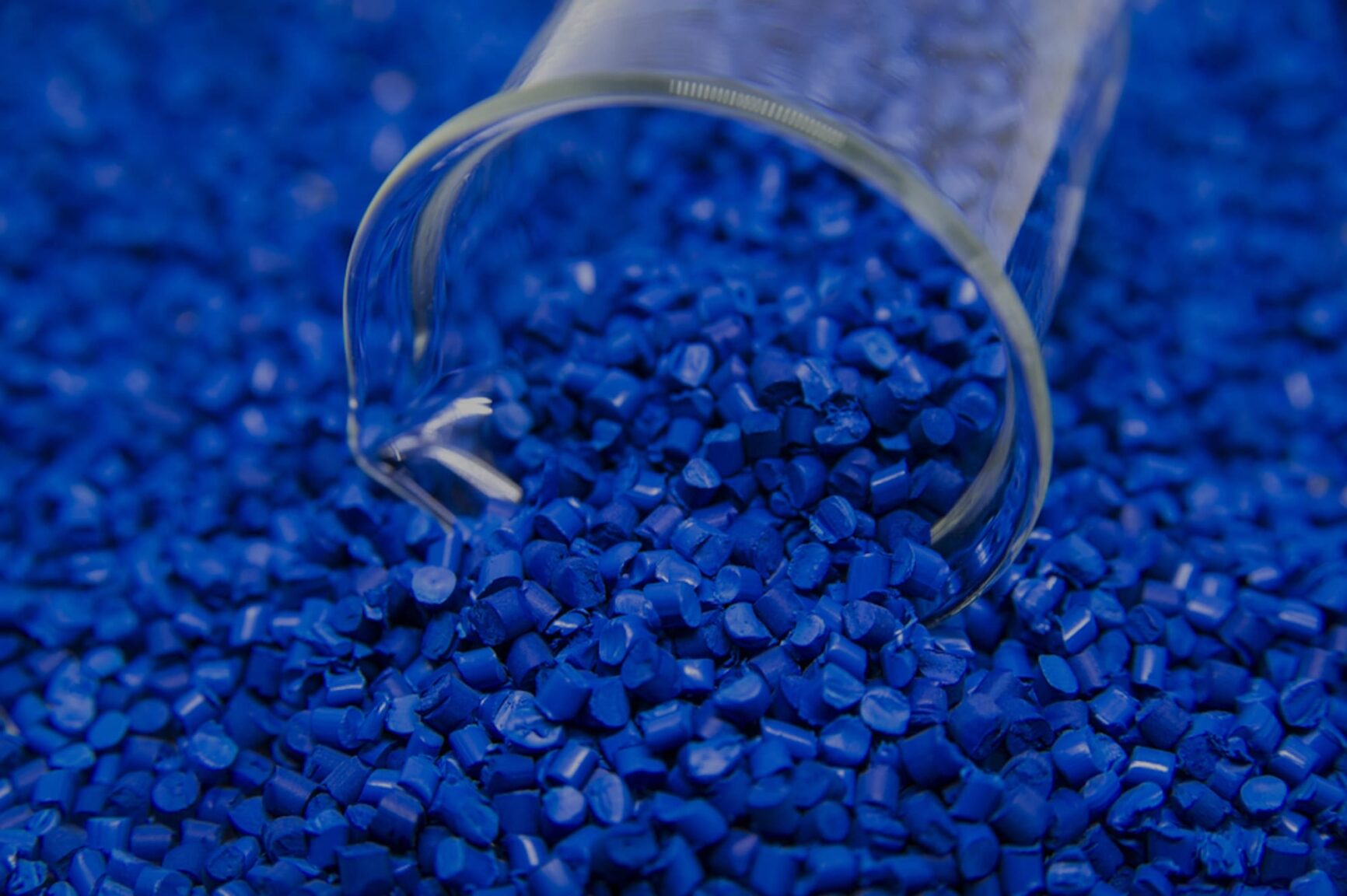Thermoplastics vs. Thermosets: What’s the Difference?
Published on November 6, 2023

When designing a part, it’s important to understand critical differences between comparable materials. For instance, substituting a thermoplastic instead of a thermoset to create a product that’s meant to withstand high temperatures would have disastrous results.
The terms “thermoplastic” and “thermoset” appear in many of the same conversations regarding plastic part manufacturing, but they’re not interchangeable. This article breaks down the major differences between thermoplastics and thermosets, as well as key advantages and best applications for each material.
Thermoplastics: What You Need to Know
Mechanical/Chemical Properties
A thermoplastic is any plastic material with a melting point that becomes molten when heated, solid when cooled, and can be re-melted or molded after cooling. The process is completely reversible, and doing so will not significantly compromise the material’s physical integrity.
Thermoplastics are usually stored as pellets to facilitate easy melting during the injection molding process. Common examples of thermoplastics include acrylic, polyester, nylon, and PVC.
- Nylon: Nylon provides a unique combination of strength and wear resistance that makes this family of materials well-suited for a range of applications.
- TPE and TPU: When product designers and engineers want a part to have certain properties like shock absorption, flex rebound, or high impact strength, they often turn to polymers made out of thermoplastic elastomers.
- ULTEM (PEI): ULTEM® is one of the only resins approved for use in aerospace settings. It is also among the most versatile plastics on the market.
Advantages of Thermoplastics
Thermoplastics are strong, shrink-resistant, and relatively easy to use. Their inherent flexibility makes them an excellent choice for manufacturers who require shock-absorbent products that can withstand wear and tear while retaining their shape.
Thermoplastics are generally more cost-effective than thermosets because they’re easier to process. This is because thermoplastics are made in higher volumes and don’t require post-processing. Plus, thermoplastic molds can be made from affordable materials like aluminum. Thermoplastics are highly compatible with injection molding processes, and are ideal for making repeatable parts in high volumes.
Additionally, thermoplastics are some of the more environmentally friendly plastics on the market as they are highly recyclable by design. As an added benefit, manufacturing with thermoplastics produces fewer toxic fumes than working with thermosets.
Common Thermoplastics Applications
Manufacturers often use thermoplastics for prototyping because if the final product doesn’t meet certain standards, they can easily melt the part down and start over without producing a lot of scrap material.

Beyond part prototyping, thermoplastics can be used to create a range of familiar consumer products, as well as medical devices, automotive components, and more.
Thermosets: What You Need to Know
Mechanical/Chemical Properties
In contrast to thermoplastics, a thermoset is any plastic material that hardens once cured by heat and cannot be reshaped after the curing process. During curing, valence bonds in the polymer cross-link together to form three-dimensional chemical bonds that cannot be undone, even under extreme heat.
Thermosets are usually stored in liquid form in large containers. Common examples of thermosets include epoxy, silicone, and polyurethane.
- Epoxy (EPX 82): An additive material developed by Carbon for its DLS process. This material is ideal for automotive, industrial, and consumer applications.
- Silicone (SIL 30): SIL 30 is an additive material developed by Carbon® for its digital light synthesis (DLS). Also known as SIL 30, this silicone urethane offers a unique combination of biocompatibility.
- RPU 70: Known for its toughness, strength, and ability to withstand heat, RPU can be used across multiple industries including consumer products, automotive, and industrial.
Others like Phenolics are available as a granular product.
Advantages of Thermosets
Thermosets offer a wide range of benefits; overall, they are strong, stable, chemical-resistant, and have outstanding electrical properties. They won’t warp, degrade, or break down easily in extreme temperatures.
Due to their strength and durability, thermosets are often used to reinforce another material’s structural properties. Among the most impact-resistant materials on the market, they are frequently used to seal products to protect them against deformation.
Common Thermosets Applications
While thermoplastics offer a more diverse range of high and low functionality applications, thermosets can be used to create high-performance products in a wide variety of industries.

Thermosets are ideal for building anything that comes into contact with extreme temperatures on a regular basis, such as kitchen appliances and electronics components.
Start Building With Us
The crucial difference between thermoplastics and thermosets boils down to how they react to heat. Thermoplastics can be molded and remolded in the presence of heat without losing structural integrity, while thermosets can be molded only once. Of the two, thermoplastics are better suited for all-purpose products that need to be strong and flexible, while thermosets make better high-performance products. An experienced manufacturing partner can help you decide which material best fits your needs.
When you partner with SyBridge, you partner with a dedicated team of engineers and manufacturing experts who will help you take your project to the next level. We’ll match your vision with optimal materials, manufacturing processes, and post-production services to ensure that you end up with a product of unmatched quality. Contact us today for a quote.



